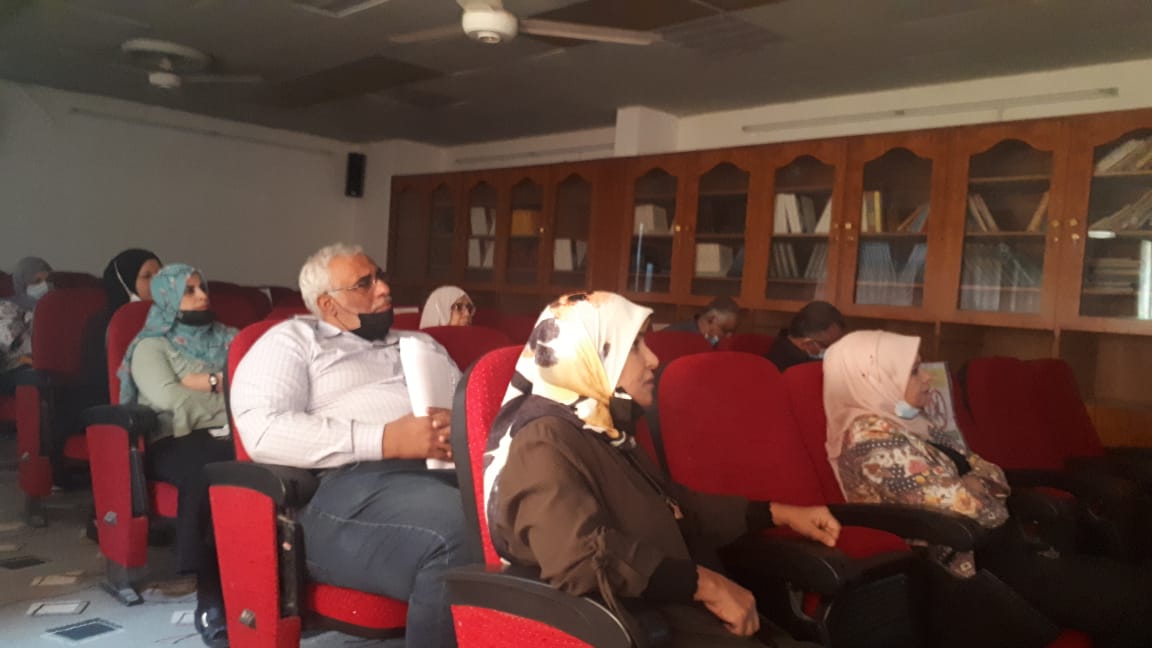Department of Soil Sciences and Water Resources at the College of Agriculture held a discussion seminar on the behavior of boron in some soils in Basra Governorate, southern Iraq. Boron reactions (adsorption and release) were carried out on soil samples using organic materials (cow waste, vegetable waste and charcoal) and mineral materials (zeolite), which were added at three levels. A pot experiment was also carried out, which included the cultivation of cowpea crop in pots packed with five kg of air-dry soil from the three soils treated with zeolite at a level of 20 and 40 tons ha-1 and charcoal at a level of 15 and 30 tons ha-1 in addition to a comparative treatment that includes no addition of any substance and then added Boron was transferred to soil at a level of 0, 1.5 and 3 micrograms B cm-3, and the experiment lasted for 60 days, after which measurements of plant growth were taken, as well as the amount of ready-made boron remaining in the soil. The results of the boron liberation kinetics experiment showed that the most efficient diffusion equation in describing the release of boron from the soil with the reaction time (t) for Abu Al-Khasib soil because it had the highest correlation coefficient (r) 0.994 and the lowest standard error value (SE) 0.035 × 10-3 for the T10 treatment, Whereas, the second-order equation was the most efficient in describing the release of boron from Zubair soil (the coarse texture) because it had the highest correlation coefficient and the lowest standard error value for the 12T treatment, which amounted to 0.999 and 10ˣ 0.208-3, respectively. While the first-order equation was the most efficient among the equations used to describe the release of boron with time ((t) for city soil for T10 treatment, to give it the highest correlation coefficient (r) and the lowest standard error (ESe) amounting to (0.999 and 0.015 ˣ 10-3) on the respectively compared to the other treated additives (T9, T11 and T12). As for the results of the agricultural experiment, the results of the study showed that the addition of boron at a level of 1.5 micrograms cm-3 led to a significant increase in the studied growth characteristics of cowpea plants (plant height, dry weight, leaf area and the amount of boron absorbed) compared to the control treatment.



